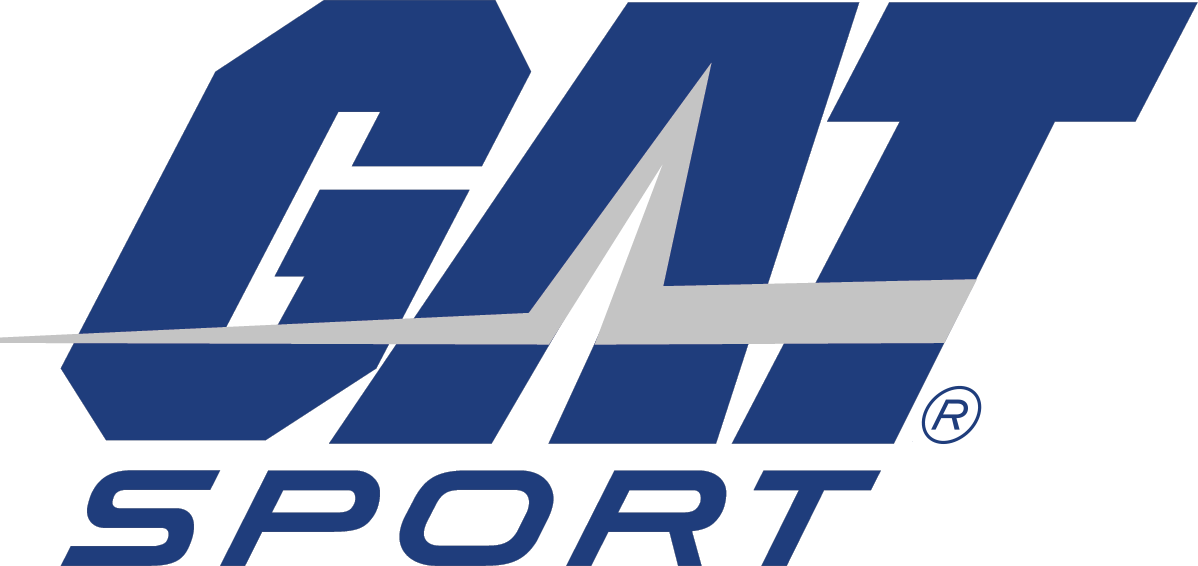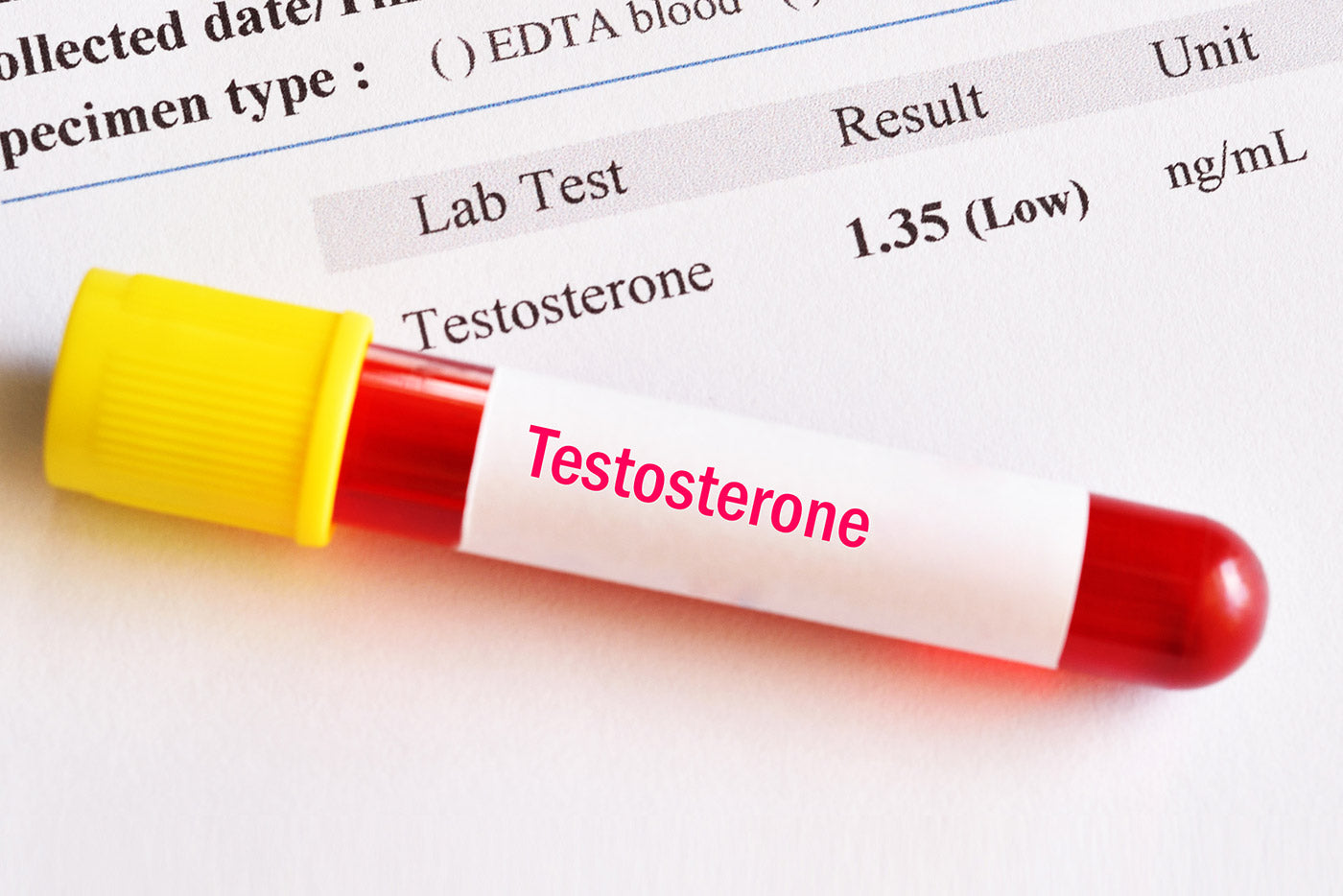Summer should make you feel alive. If it doesn't, your hormones are broken. While everyone's obsessing over cold plunges and red light therapy (thanks, biohacking influencers), they're missing the biggest hormone disruptor sitting right outside their door: the summer sun itself, and not in the vitamin D way you're thinking.
That exhausted, unmotivated feeling crushing your gym performance and bedroom confidence isn't just "summer laziness." It's your endocrine system waving white flags. Before you blame your age or that questionable pre-workout, let's examine what's actually happening to your hormones when the mercury rises.
The Summer Hormone Massacre Nobody's Talking About
Remember when summer meant endless energy? Now it means dragging yourself to the gym at 5 AM to avoid heat stroke, sleeping terribly, and wondering why your motivation vanished. Welcome to the summer testosterone crash: nature's reminder that modern life and male hormones mix poorly.
Research shows men experience significant seasonal testosterone variations, with summer heat exposure leading to measurable hormonal disruptions. When examining over 1,500 men across different climates, scientists discovered that ambient temperatures above 80°F correlated with testosterone drops averaging 10-15% compared to moderate conditions.
The Triple Threat Destroying Your Drive
1. Heat Stress: Temperature Regulation Gone Wrong
Your testicles are external for temperature regulation. Optimal testosterone production occurs at 95°F, approximately 2-3 degrees below core body temperature. When summer heat raises scrotal temperature even slightly, it triggers hormonal disruptions.
Men exposed to heat stress show:
- 23% reduction in total testosterone
- 19% decrease in free testosterone
- 32% reduction in sperm quality
- Significant oxidative stress increases
Heat shock proteins flood your system, redirecting cellular resources from hormone production toward survival. Your body literally chooses staying alive over staying virile.
2. Sleep Destruction: The Hormone Killer
Your body produces most daily testosterone during REM sleep, specifically between 3-8 AM when body temperature naturally dips. When nighttime temperatures stay above 75°F, your body struggles to achieve the temperature drop needed for quality sleep.
Restricting sleep to 5 hours nightly for one week results in:
- 15% reduction in daytime testosterone
- Decreased vigor scores
- Reduced sexual function
3. Performance Anxiety: The Mind-Body Trap
When physical performance suffers, your psychological state follows. Perceived performance decrements trigger cortisol spikes that antagonize testosterone production. It's a vicious cycle: heat makes you perform worse, which stresses you out, which crashes hormones, which worsens performance.

Summer creates microscopic mayhem:
Oxidative Stress: Heat increases reactive oxygen species by 45%, targeting testosterone-producing Leydig cells.
Mitochondrial Dysfunction: Elevated temperatures reduce efficiency by 20-30%, meaning less energy for hormone synthesis.
Cellular Stress: Heat reduces steroid hormone production efficiency by up to 40%.
The Science-Backed Recovery Protocol
Reducing testicular temperature by 1-2 degrees can:
- Increase testosterone production by 17%
- Improve sperm quality by 25%
- Reduce oxidative stress significantly
Summer hormone optimization requires targeted nutritional support. Deep Wood Libido & Hormone Optimizer addresses:
- Hormone production support
- Stress response modulation
- Cellular energy optimization
Pro Magnesium supports sleep-recovery, providing the mineral most depleted by summer sweating. Magnesium serves as a cofactor in over 300 enzymatic reactions critical for hormone synthesis.
Nitraflex Hydration provides electrolyte replacement supporting hormone transport. Pro Creatine enhances mitochondrial function during recovery phases.
Create a sleep sanctuary:
- Room temperature: 65-68°F
- Complete darkness
- Consistent sleep schedule
- Pre-sleep magnesium
Heat increases cortisol:testosterone ratios by 43%. Adjust by:
- Reducing training volume 20-30%
- Morning sessions when possible
- Emphasizing recovery

Your Action Plan
- Track baseline: Monitor energy, libido, performance
- Control temperature: Environmental and body cooling
- Start Deep Wood: Comprehensive hormone support
- Optimize hydration: Smart electrolyte replacement
- Protect sleep: Non-negotiable for recovery
- Adjust training: Work with biology
The Bottom Line
Summer hormone disruption isn't imaginary. Heat stress, sleep disruption, and psychological factors create endocrine dysfunction that positive thinking can't overcome.
With targeted intervention addressing cellular energy, stress response, and recovery, you can maintain hormonal health despite the weather. Deep Wood provides comprehensive endocrine support while strategic lifestyle modifications prevent further damage.
Stop accepting summer fatigue as normal. Your hormones, performance, and confidence deserve better. Take control before another summer passes you by.
Ready to reclaim your drive? Start with a hormone health assessment and discover where summer's stealing your edge. When fall arrives and everyone else is recovering from their hormone crash, you'll already be thriving.
1. Abbasi, Behnood, et al. “The Effect of Magnesium Supplementation on Primary Insomnia in Elderly: A Double-Blind Placebo-Controlled Clinical Trial.” Journal of Research in Medical Sciences, vol. 17, no. 12, Dec. 2012, pp. 1161–69, www.ncbi.nlm.nih.gov/pmc/articles/PMC3703169/.
2. Harding, Edward C., et al. “The Temperature Dependence of Sleep.” Frontiers in Neuroscience, vol. 13, 25 Apr. 2019, article 336, doi:10.3389/fnins.2019.00336.
3. Haghayegh, Shahab, et al. “Before-Bedtime Passive Body Heating by Warm Shower or Bath to Improve Sleep: A Systematic Review and Meta-Analysis.” Sleep Medicine Reviews, vol. 46, Aug. 2019, pp. 124–35, doi:10.1016/j.smrv.2019.04.008.
4. Leproult, Rachel, and Eve Van Cauter. “Effect of 1 Week of Sleep Restriction on Testosterone Levels in Young Healthy Men.” JAMA, vol. 305, no. 21, 1 June 2011, pp. 2173–74, doi:10.1001/jama.2011.710.
5. Leproult, Rachel, et al. “Sleep Loss Results in an Elevation of Cortisol Levels the Next Evening.” Sleep, vol. 20, no. 10, Oct. 1997, pp. 865–70, doi:10.1093/sleep/20.10.865.
6. Milewski, Matthew D., et al. “Chronic Lack of Sleep Is Associated with Increased Sports Injuries in Adolescent Athletes.” Journal of Pediatric Orthopaedics, vol. 34, no. 2, Mar. 2014, pp. 129–33, doi:10.1097/BPO.0000000000000151.
7. National Sleep Foundation. “The Best Temperature for Sleep.” Sleep.org, 2023, www.sleep.org/temperature-for-sleep/.
8. Okamoto-Mizuno, Kazue, and Koh Mizuno. “Effects of Thermal Environment on Sleep and Circadian Rhythm.” Journal of Physiological Anthropology, vol. 31, no. 1, 15 May 2012, article 14, doi:10.1186/1880-6805-31-14.
9. Van Cauter, Eve, and Laurence Plat. “Physiology of Growth Hormone Secretion during Sleep.” The Journal of Pediatrics, vol. 128, no. 5, May 1996, pp. S32–37, doi:10.1016/S0022-3476(96)70008-2.




